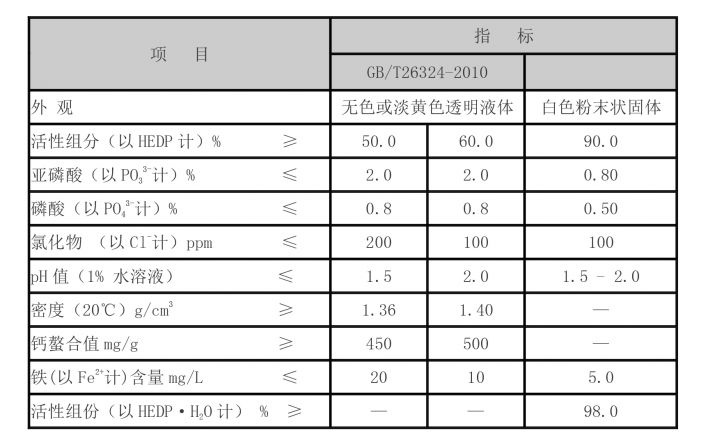Flocculant Agents for Effective Water Treatment Solutions and Applications
Flocculant Chemicals for Water Treatment Enhancing Water Quality and Safety
Water treatment is a vital process in ensuring safe and clean water for both drinking and industrial use. Among the various chemical agents employed in this context, flocculants play a crucial role in enhancing the efficiency of water purification by facilitating the removal of suspended particles. This article discusses the types of flocculant chemicals, their mechanisms of action, and their significance in water treatment processes.
What are Flocculants?
Flocculants are chemical agents that aid in the agglomeration of fine particles in water, forming larger aggregates known as flocs. These flocs can then be more easily removed through sedimentation or filtration processes. Flocculants are essential in treating various types of wastewater, including municipal, industrial, and stormwater.
The primary types of flocculants used in water treatment are
1. Inorganic Flocculants These include aluminum sulfate (alum), ferric chloride, and polyaluminum chloride (PAC). Inorganic flocculants react with the particles in water, neutralizing their negative charges and promoting aggregation. For instance, alum relies on hydrolysis to form aluminum hydroxide, which traps suspended particles.
2. Organic Flocculants These are synthetic or natural polymers that can effectively increase the size of particle aggregates. Examples include polyacrylamide and its derivatives. Organic flocculants are typically more effective at lower doses compared to inorganic options and have the advantage of being biodegradable.
3. Bioflocculants Derived from microbial sources, bioflocculants are gaining attention due to their eco-friendly properties. These substances can enhance floc formation while minimizing environmental impact, making them suitable for sustainable water treatment practices.
Mechanism of Action
The flocculation process involves several steps. Initially, flocculants are added to the water, where they interact with fine suspended particles. The flocculant molecules bridge the particles together, leading to the formation of larger aggregates. This process, known as agglomeration, is influenced by factors such as pH, temperature, and ionic strength of the water.
flocculant chemicals for water treatment

Once flocs are formed, they undergo sedimentation, where the heavier aggregates settle at the bottom of the treatment tank. After sedimentation, the clearer water above can be separated and further treated if necessary. Filtration may also be employed to remove any remaining particulates, ensuring high-quality effluent.
Importance of Flocculants in Water Treatment
The usage of flocculants in water treatment systems is essential for several reasons
1. Improved Water Clarity The primary benefit of using flocculants is the significant reduction in turbidity. This not only enhances the aesthetic quality of water but also increases its safety for consumption.
2. Enhanced Removal of Contaminants Flocculants are effective in removing a range of contaminants, including heavy metals, organic matter, and pathogenic microorganisms. This is particularly important in treating industrial wastewater, which may contain harmful substances.
3. Cost-Efficiency By improving the efficiency of sedimentation and filtration processes, flocculants reduce the time and energy required for water treatment. This leads to lower operational costs for water treatment facilities.
4. Environmental Benefits The use of bioflocculants, in particular, aligns with sustainability goals by reducing reliance on synthetic chemicals and promoting natural processes.
5. Regulatory Compliance Flocculants help water treatment facilities meet stringent environmental regulations by ensuring that treated water meets safety standards before being released back into the environment or distributed for public use.
Conclusion
Flocculant chemicals play a pivotal role in the modern water treatment landscape. Their ability to enhance the clarity and safety of water significantly contributes to public health and environmental sustainability. As technology advances, the development of more effective and environmentally friendly flocculants will continue to be crucial in meeting the growing demand for clean water worldwide. Investing in research and innovation in this field will undoubtedly lead to safer and more efficient water treatment solutions for future generations.
-
Water Treatment with Flocculant Water TreatmentNewsJun.12,2025
-
Polymaleic AnhydrideNewsJun.12,2025
-
Polyaspartic AcidNewsJun.12,2025
-
Enhance Industrial Processes with IsothiazolinonesNewsJun.12,2025
-
Enhance Industrial Processes with PBTCA SolutionsNewsJun.12,2025
-
Dodecyldimethylbenzylammonium Chloride SolutionsNewsJun.12,2025





